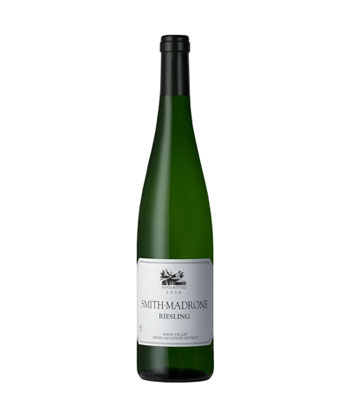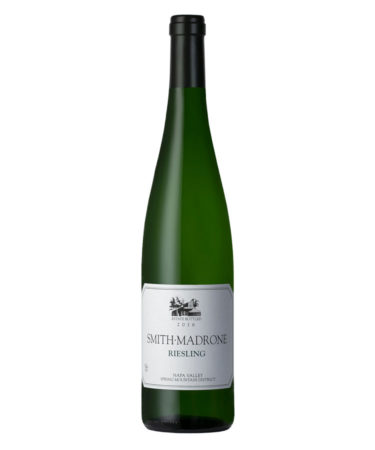Like many Napa Valley wineries, Smith-Madrone produces first-rate Cabernet Sauvignon and Chardonnay, the two most planted varieties in the region. But unlike most of its counterparts, Smith-Madrone also grows Riesling and has done so since 1972.
Although there is a long history of Riesling in California, these days the variety is basically a footnote, which is a shame because wines like Smith-Madrone’s 2016 Riesling demonstrate the character the wines can achieve in the region.

Key to that in Smith-Madrone’s case is the location of its 38 acres of vineyards, which are dry-farmed (they’re not irrigated) in volcanic soils at the top of Napa’s Spring Mountain.
In the winery’s 2016 Riesling, we get both opulent California fruit and the refreshing acidity that is characteristic of Riesling. The $34 wine, which is made slightly off-dry (as most great Rieslings are) but is by no means sweet, is on the same level as some top Rieslings from Europe or New York’s Finger Lakes.
And it is simply delightful to drink, with ripe fruit notes of green apple, white peach, and apricot, accented by wet stone and petrol that round out the profile of this complex and delicious offering.
For me, the Riesling is always the new release I anticipate most among Smith-Madrone’s wines. With moderate alcohol of 12.8 percent, it’s a versatile wine for food and is great to sip on its own. The 2016 accounted for 685 cases of the winery’s 3,000-case production.
This is a California classic that will expand your thinking about Napa Valley wines.
